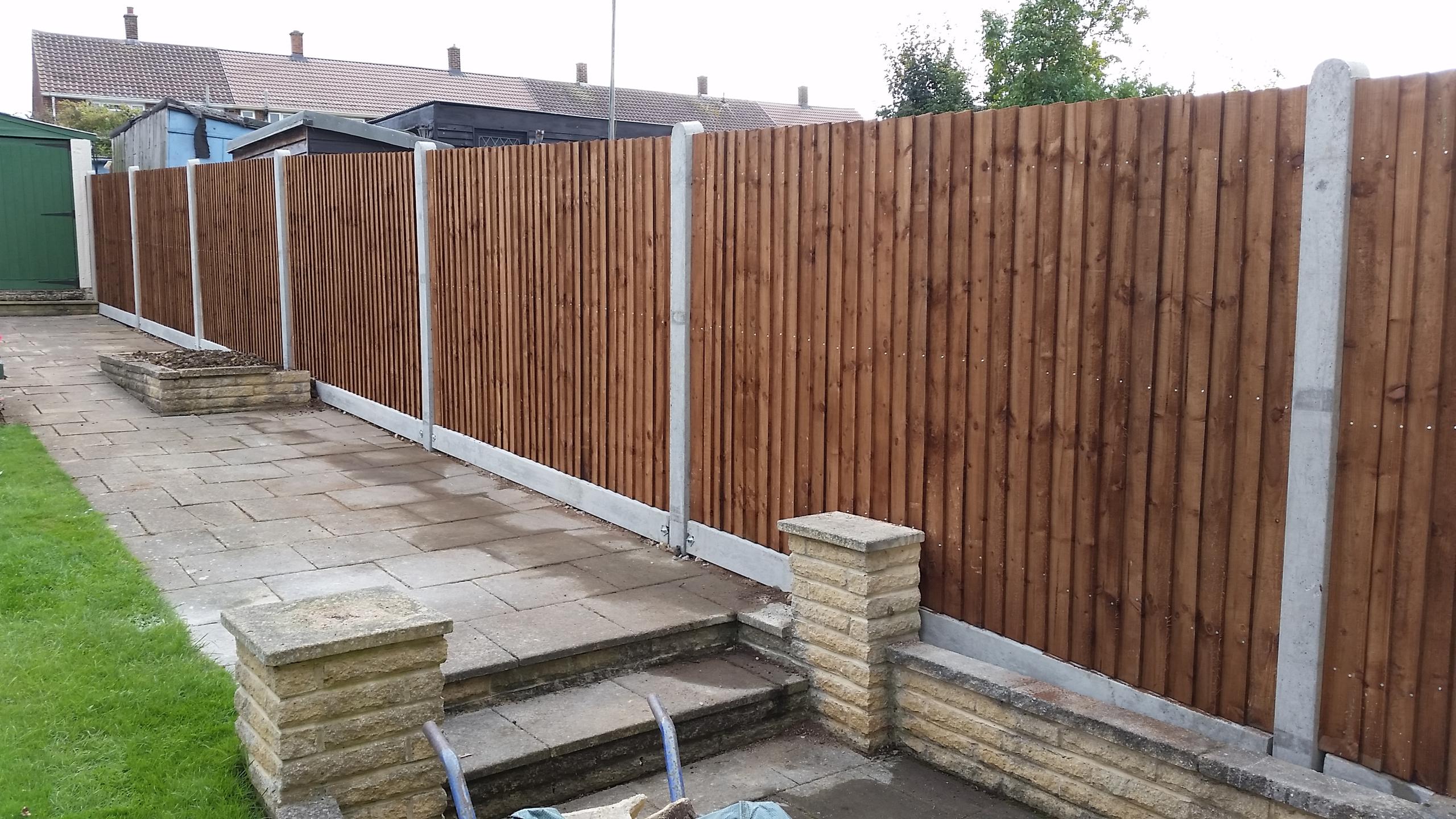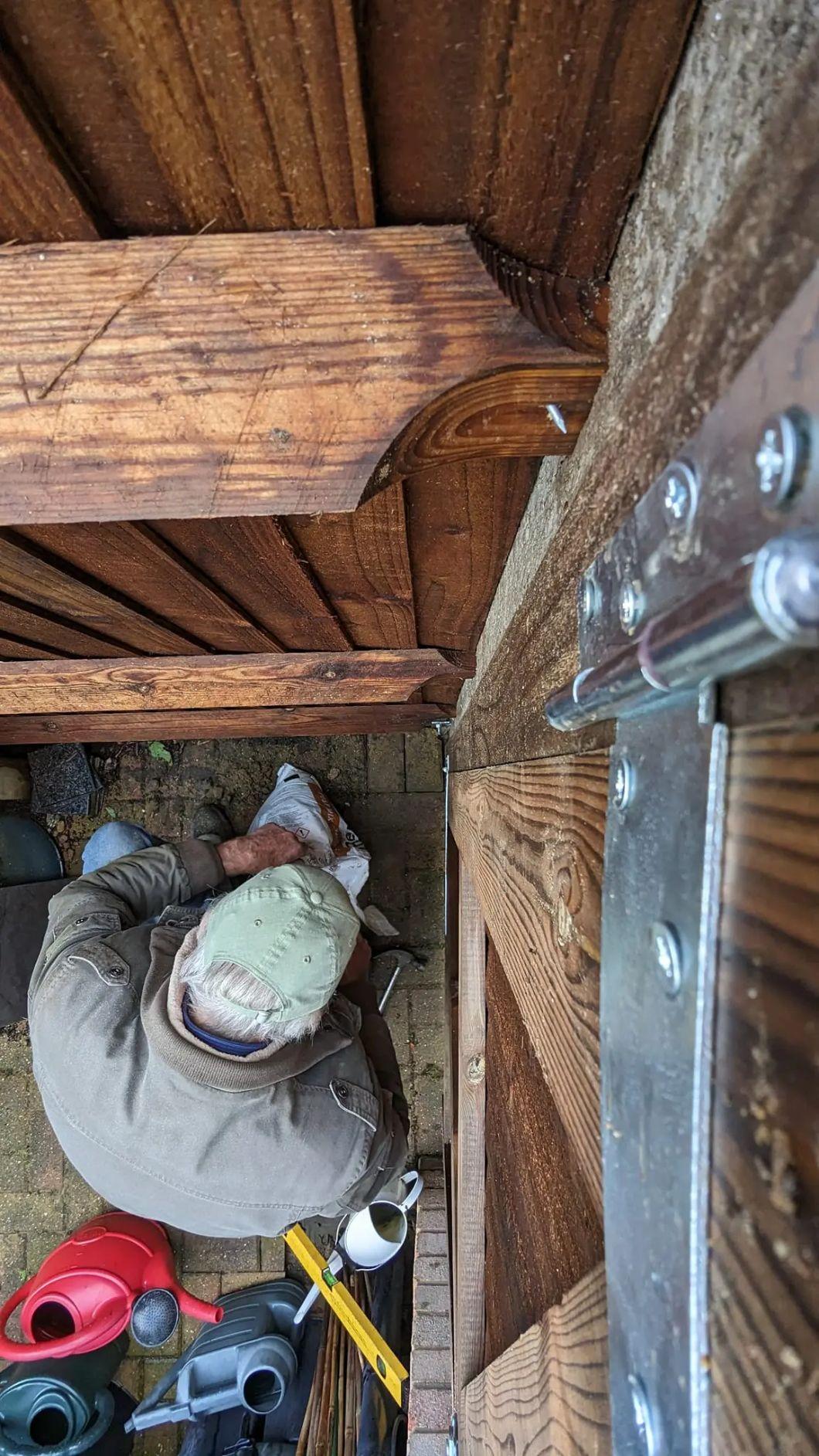Who gets the good side of the fence
The "Good Side" Dilemma in Fence Building
Traditional Etiquette
When building a fence, the question of who gets the "good side" is a common consideration. In the UK, there's a general etiquette that suggests facing the more attractive side towards your neighbour. Here's why this practice is recommended:- Promotes good neighbourly relations: Showing consideration by presenting the better-looking side to your neighbour can foster positive relationships.
- Enhances overall aesthetic: A fence with the clean side facing outwards contributes to the visual appeal of the neighbourhood.
- Avoids potential disputes: This practice can help prevent disagreements over fence appearance.
- Aligns with common practice: Many people in the UK follow this unwritten rule of fence etiquette.
Your Investment, Your Choice
However, it's important to remember that you've invested in the fence, and your preferences matter. While considering neighbourly relations is important, you have the right to choose the orientation that aligns with your vision for your property.Navigating the Decision
To navigate this decision effectively:- Communicate openly with your neighbours about your plans.
- Consider compromise solutions, such as adding boards to both sides.
- Check local regulations and any homeowners' association guidelines regarding fence installations.
Conclusion
Ultimately, the decision should balance your personal preferences, neighbourly considerations, and the fact that you've paid for the fence. Whether you opt for the aesthetically pleasing side facing your neighbours or prioritise your own preferences, the goal is to create a living environment that reflects your vision while maintaining positive community relations.FAQs About Fence Etiquette
1. Who should get the "good side" of the fence?
Traditionally, the "good side" of the fence should face your neighbour's property. This is considered good etiquette in the UK and many other countries.2. Is there a legal requirement for which way the fence should face?
Generally, there's no legal requirement in the UK for fence orientation. However, local regulations or homeowners' association rules may exist, so it's best to check.3. Should I consult my neighbour before installing a new fence?
Yes, it's advisable to discuss your plans with your neighbour before installation. This can prevent misunderstandings and maintain good relations.4. What are the benefits of giving the "good side" to my neighbour?
Benefits include fostering good neighbourly relations, enhancing the overall aesthetic of the neighbourhood, and potentially avoiding disputes.5. If I'm paying for the fence, do I have the right to choose which side faces where?
Yes, as the person paying for the fence, you have the right to decide its orientation. However, considering neighbourly etiquette is recommended.6. Are there any local regulations or homeowners' association rules about fence orientation?
This varies by location. It's best to check with your local council or homeowners' association for any specific rules or guidelines.7. How can I maintain good relations with my neighbour when installing a new fence?
Open communication is key. Discuss your plans, consider their input, and try to find a mutually agreeable solution.8. What should I do if my neighbour and I disagree about the fence orientation?
Try to reach a compromise through open dialogue. If needed, consider mediation or seeking advice from your local council.9. Are there any compromise solutions for fence appearance?
Yes, options include adding decorative elements to both sides, using double-sided fencing panels, or landscaping to improve the appearance of the "rough" side.10. How important is fence etiquette in the UK compared to other countries?
Fence etiquette is generally important in the UK, as in many other countries. However, practices may vary slightly between cultures and regions.Sheridan fencing - Dave Relf


